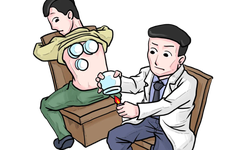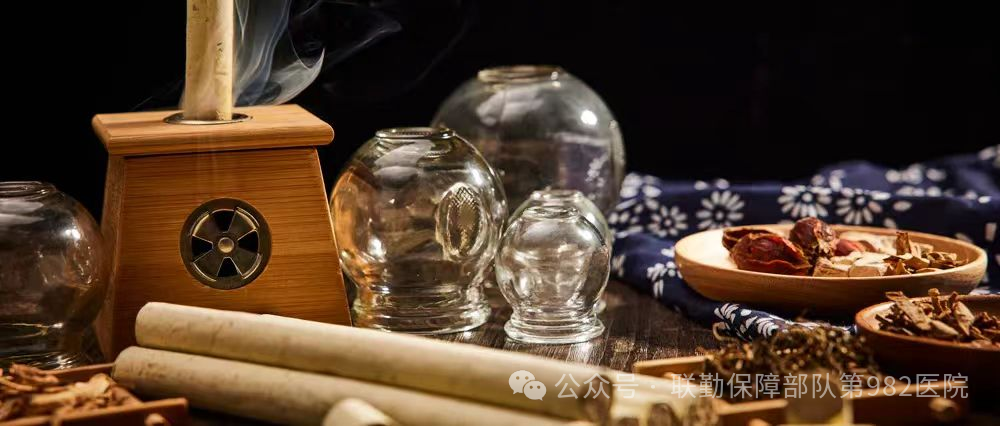
“Doctor, don’t say that cupping looks scary; it’s actually quite comfortable. I’ve been sleeping really well these past few nights.”
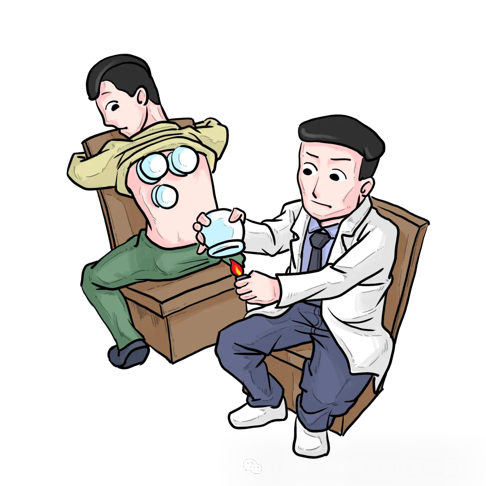
“Yes, your cupping this time is dark red, much better than the dark purple from the first time. Although the weather is warm now, the temperature difference between day and night is significant, and with increased rainfall, cold and dampness can easily accumulate in the body. You need to pay attention to keeping warm and adjust your clothing in time…”
In the TCM department of the 982 Hospital, patient Zhang is happily sharing his experience of the “Leopard Spot” cupping therapy with the medical staff.
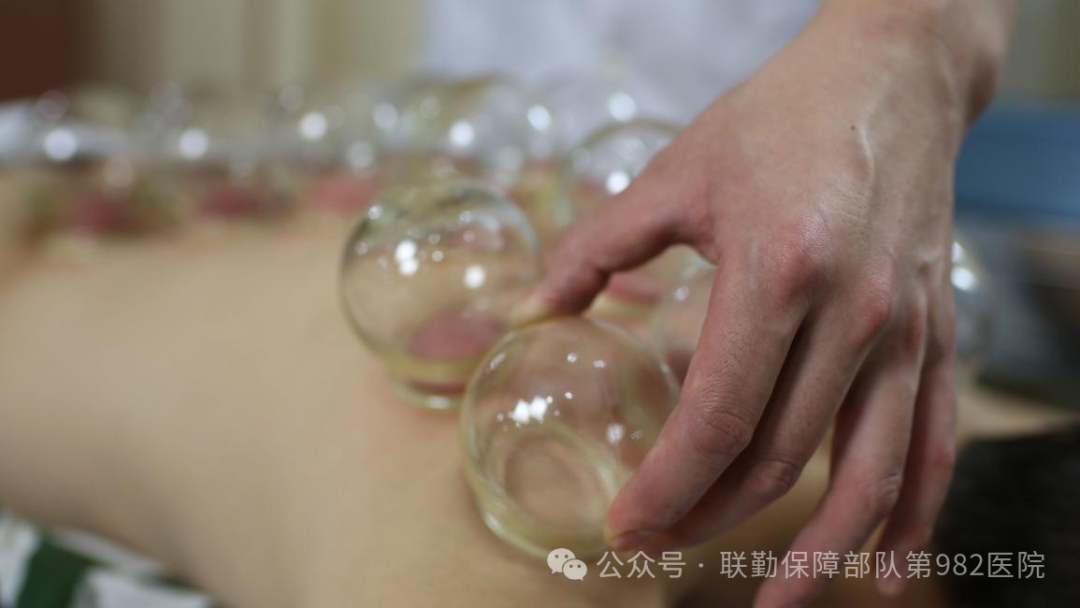
A soldier named Zhang, 32 years old, often stays up late for work and has a high intensity of physical training at his unit. Over the past month, he has felt particularly heavy and easily fatigued, especially in his shoulders, which feel sore and swollen, as if he is carrying a backpack. His hands and feet are cold all year round, leading his comrades to jokingly call him a “cold-blooded animal.” Recently, he took the opportunity of a health check at his unit to visit the TCM department of the 982 Hospital. After a diagnosis, the doctor recommended the Leopard Spot cupping therapy. On the day of treatment, he felt a significant relief in his back, and after two weeks of continuous treatment, his hands and feet became warm, and he felt much less fatigued while walking, if not as light as a swallow, at least not as tired as before.
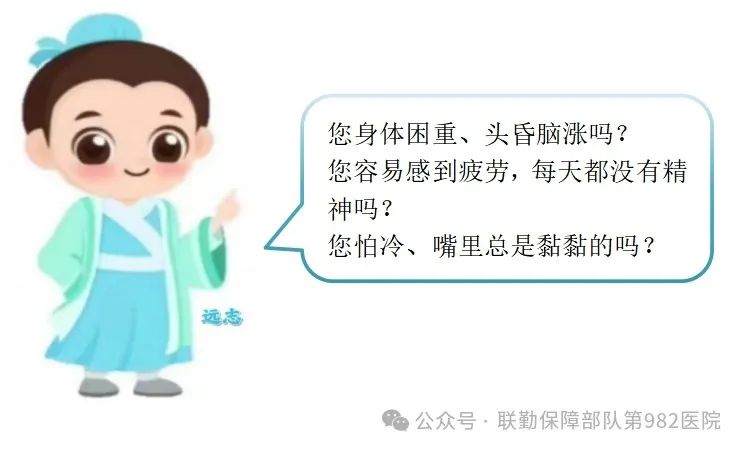
Our hospital’s TCM department has introduced a new cupping therapy—’Leopard Spot’ cupping therapy. It targets specific areas of the body using appropriate techniques, making it a simple and side-effect-free green therapy. Many patients report feeling warmth in their backs, overall relaxation, and a significant reduction in fatigue and bodily discomfort after the treatment.
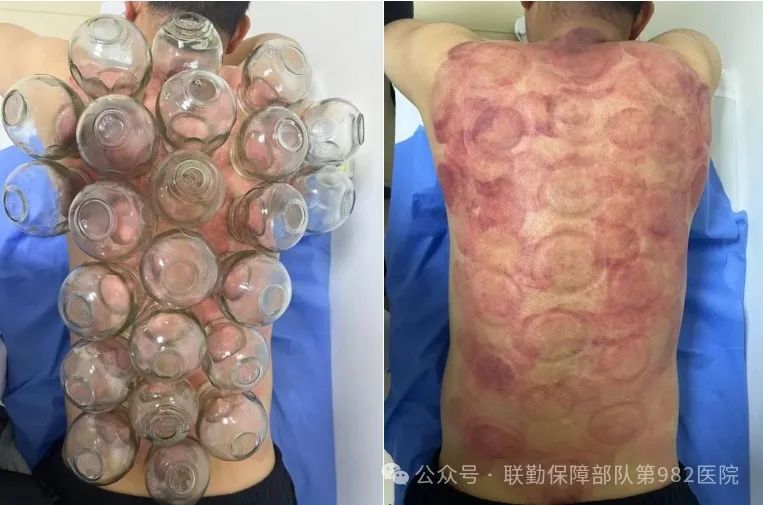
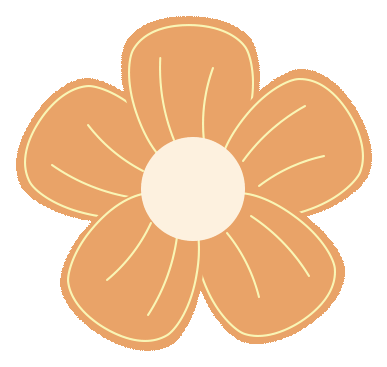
1. What is ‘Leopard Spot’ Cupping Therapy?
‘Leopard Spot’ cupping therapy involves the application of fire cupping therapy on the three main meridians of the human back (the Du Mai (Governing Vessel) and the two Bladder Meridians), including three steps: flash cupping along the meridians, diagnostic cupping, and therapeutic cupping. This therapy can warm the meridians and promote the flow of Qi and blood, effectively regulating the Qi of the internal organs. The resulting cupping marks resemble the spots of a leopard, hence the name ‘Leopard Spot’ cupping therapy.


2. Mechanism of Action
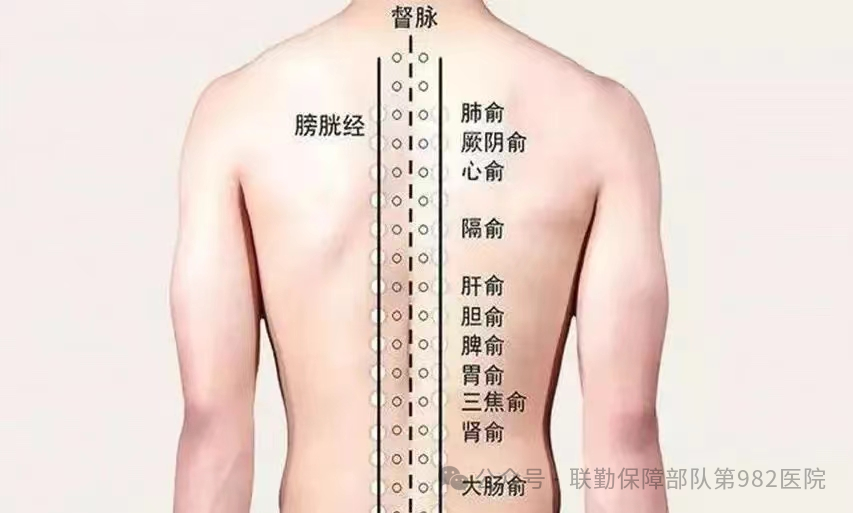
Stimulating the meridians, warming and promoting Qi and blood—promoting smooth flow of Qi and blood
Eliminating toxins and evils, dispersing cold and dampness—allowing evils to exit
Activating Qi and blood, relieving pain through smooth flow—unblocking channels to relieve pain
Warming and nourishing the meridians—warming and nourishing
Regulating Qi and balancing Yin and Yang—regulating Qi mechanism

3. Specific Operations
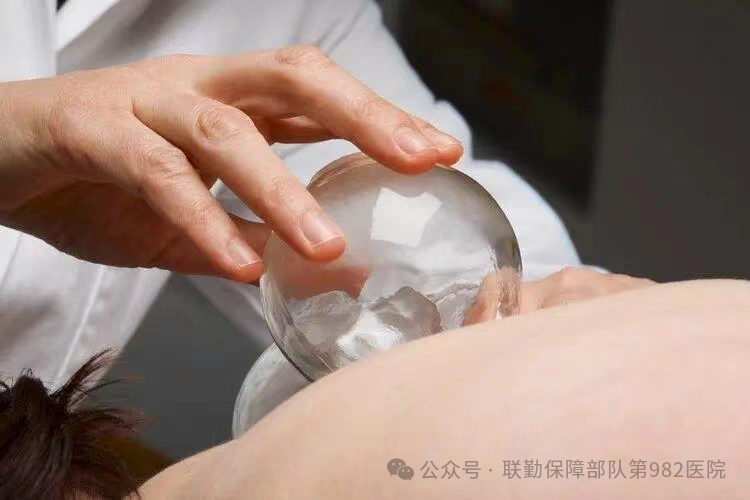
① Flash Cupping: Perform extensive flash cupping on the acupoints of the Du Mai and Bladder Meridians, ensuring the sound of the cupping is crisp and clear, and the bottom of the cup should feel hot to the touch.
② Diagnostic Cupping: Apply cupping to the affected area as needed for 3-5 minutes, ensuring no blisters form.
③ Therapeutic Cupping: After diagnostic cupping, perform therapeutic cupping along the back, rubbing the cups along the Du Mai and Bladder Meridians three times.

4. Analyzing Body Constitution through Cupping Marks
The cupping marks are purple-red spots, bruises, or blisters that appear on the skin after cupping, which may be accompanied by varying degrees of mild heat and pain, also known as cupping impressions. Many factors influence the formation of cupping marks; thus, what can we analyze about our condition through these marks?
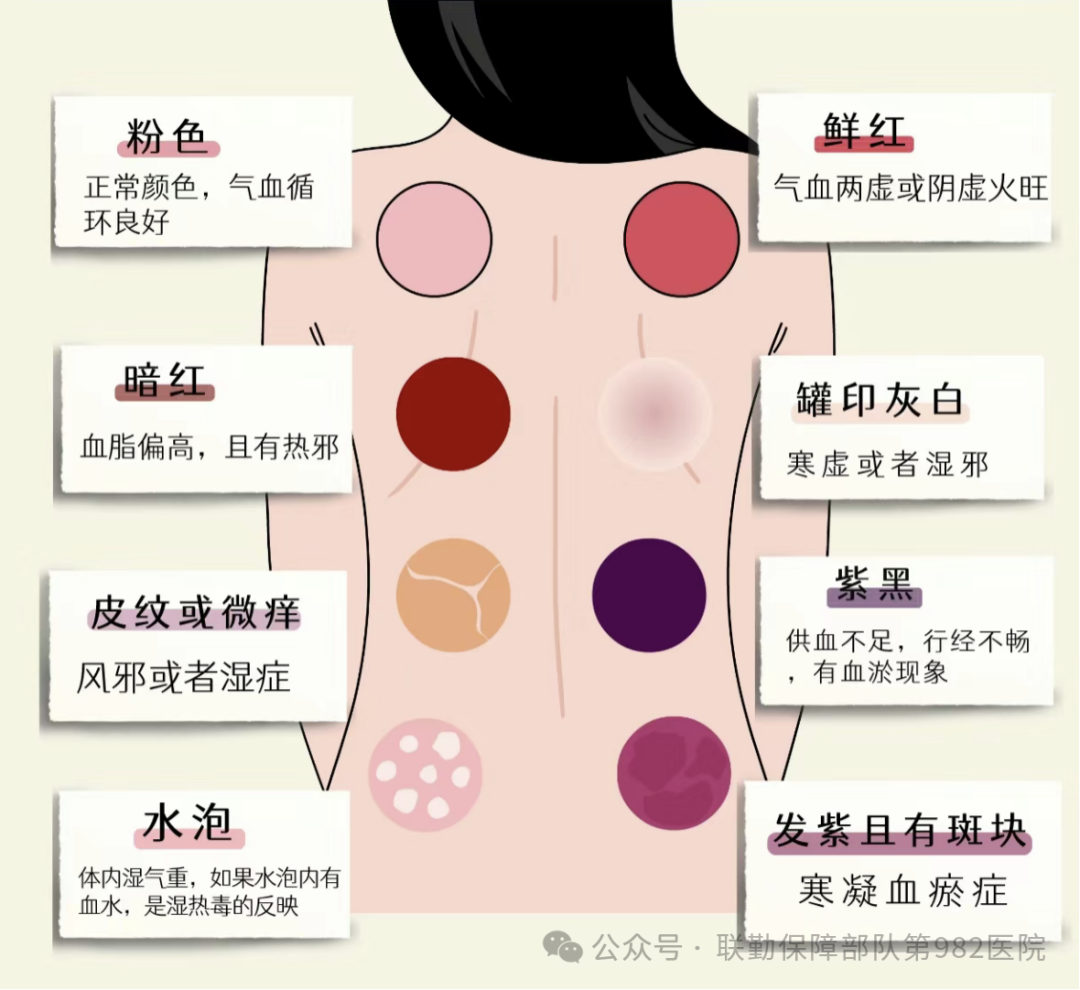
① Dark purple-black marks: Generally indicate insufficient blood supply and stasis of blood flow. ② Marks that are purple and accompanied by patches: Generally indicate cold congealing and blood stasis.
③ Marks that are scattered purple spots of varying depths indicate Qi stagnation and blood stasis.
④ Bright red marks generally suggest Yin deficiency, Qi and blood deficiency, or Yin deficiency with excess Yang.
⑤ Dark red marks indicate high blood lipids and the presence of heat evil.
⑥ Marks with skin texture or mild itching indicate wind evil or dampness.
⑦ Marks that disappear quickly or are shallow, returning to normal color, suggest that the pathogenic evil is still light and superficial.
⑧ Marks with blisters indicate heavy internal dampness; if the blisters contain blood, it reflects damp-heat toxicity.

5. Indications
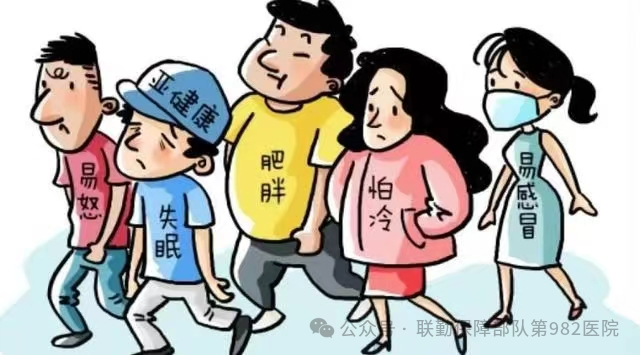
① Cervical spondylosis, lumbar spondylosis, back pain, osteoarthritis, and other acute and chronic pain conditions.
② Insomnia, depression, anxiety, chronic fatigue syndrome, and other emotional disorders.
③ Common cold, asthma, allergic rhinitis, urticaria, and other allergic conditions.
④ Dysmenorrhea, menstrual irregularities, infertility, polycystic ovary syndrome, obesity, etc.

6. Contraindications
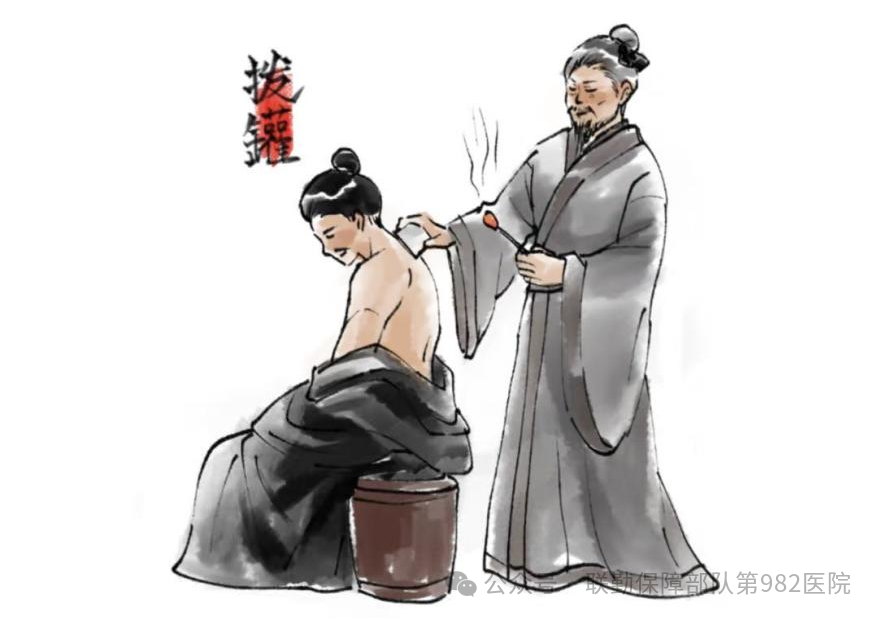
① Patients with poor coagulation mechanisms, spontaneous bleeding tendencies, or persistent bleeding after injury, such as hemophilia, purpura, leukemia.
② Severe skin allergies or infectious skin diseases such as scabies.
③ Patients with skin injuries.
④ Severe neurosis, generalized convulsions, agitation, or non-cooperative patients.
⑤ Patients in the active phase of pulmonary tuberculosis, pregnant women, and women during menstruation.
⑥ Severe heart disease, heart failure, respiratory failure, and severe edema.
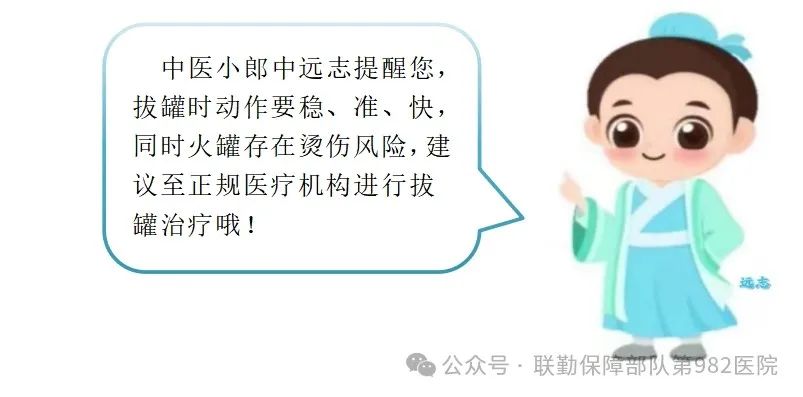
TCM Department Consultation Phone
0315-4465362
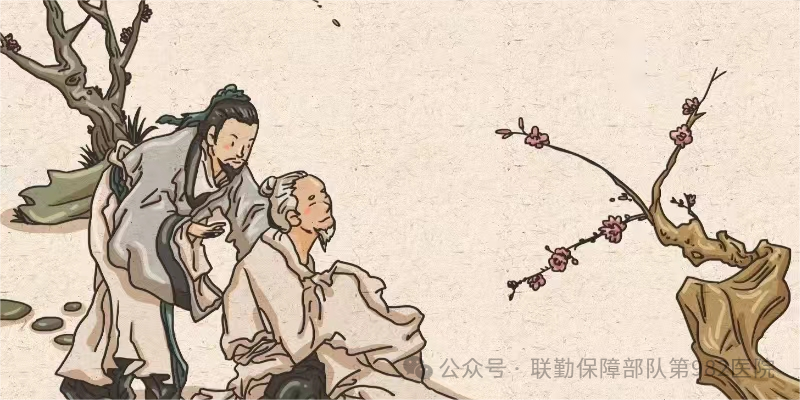

▲ Click above for online consultation and other services
Supervised by|Liu Liu Li Wei
Reviewed by|Ma Shubin
Edited by|Zhang Mengdi Wei Bo Chen Ruixue
Proofread by|Zhou Hengyi
Publication Issue|Issue 604
Source|TCM Department




